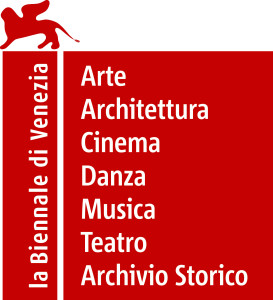El artista entre la individualidad y el contexto
At the Cuban Pavilion, four Cuban artists (Luis Gómez Armenteros, Susana Pilar Delahante Matienzo, Grethell Rasua, and Celia-Yunior) along with four international artists (Lida Abdul, Olga Chernysheva, Lin Yilin, and Giuseppe Stampone) highlight the imaginary and reflexive range of the artist, precariously balanced between the distinctive poles of individuality and the context in which they happen to be working.
The pavilion underlines the artists’ ability to give life to a dialogue and narrative structure that, beginning with the individual’s eidetic and identifying baggage, leads to an experience that opens out towards the world and the living as well as the social and cultural context, the political field, and normalized spheres.
The artist symbolically represents a middle space—an endlessly vulnerable area where we are encouraged to undertake a journey. This journey lies in the substantial change of our perceptive systems, in the contamination of creative processes with the urban fabric, design, and technological renewal—all of which are only distant systems of reality in Cuba. This project presents a selection of the artistic practices of a generation that, on the one hand, absorbs the force of its own archives, its intrinsic revolutionary ideological traces, intimacy, and subjectivity as an infinite source of input, and, on the other, traverses social reality and straddles ethic and aesthetic transformation.
El artista entre la individualidad y el contexto leads us to reflect not only on microsystems and the Cuban context, but also on global space, the digital network, global economic processes, and the anthropological and ontological area of interest in geographical areas such as Russia, China, and Afghanistan.
The eight narrations presented in the Cuban Pavilion incorporate a nonlinear flow between individual and collective space, between discussion and deconstruction, between analysis and mental projection. Each of these becomes a container of linguistic and aesthetic frontiers-a “sensitive” space of mutations and expansions. We are taken from the sociological horizon of Celia-Yunior’s Notes on the Ice and Stampone’s Casa particular to Luis Gómez Armenteros’s ironic reflections in La Rivoluzione Siamo Noi, as well as the striking action of Lin Yilin’s video Triumph. And from Grethell Rasúa’s gesture–declaration De la permanencia y otras necesidades and the “Flor Elena Resident” avatar in Susana Pilar Delahante Matienzo’s Dominadoras inmateriales to the limits between current reality, memory, and dreamscape in Lida Abdul’s In Transit and Olga Chernysheva’s Screens.
Jorge Fernández Torres, Giacomo Zaza
